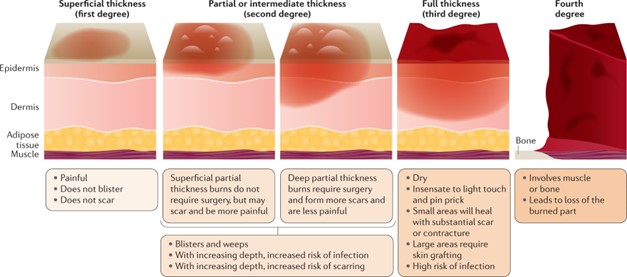Exhibits here
Review H and P.
What factors are important in determining the level of hypoxemia that the child may have experienced during the submersion? Select all that apply.
The amount of time the child was submerged
Temperature of water
Whether or not anyone witnessed the fall into the pool
Oxygen concentration of the ambient air
The weight of the child
Correct Answer : A,C,D
A) Correct- The duration of submersion is a critical factor in determining the potential level of hypoxemia. Prolonged submersion leads to a higher risk of severe hypoxia and its associated complications.
B) Incorrect- While water temperature can affect the body's response to submersion, it is not directly related to the level of hypoxemia. Hypoxemia primarily results from the lack of oxygen intake during submersion.
C) Correct- Witnessing the fall into the pool is important because immediate initiation of cardiopulmonary resuscitation (CPR) can improve the chances of a positive outcome. Bystander CPR can help maintain oxygenation and circulation until professional help arrives.
D) Correct- The oxygen concentration in the surrounding air is crucial for oxygen delivery to the body's tissues. In cases of submersion, the availability of oxygen in the air the child is breathing plays a role in determining the level of hypoxemia.
E) Incorrect- The weight of the child is not a significant factor in determining the level of hypoxemia during submersion. The primary determinants are factors like submersion duration, availability of oxygen, and prompt initiation of CPR.
Nursing Test Bank
Naxlex Comprehensive Predictor Exams
Related Questions
Correct Answer is D
Explanation
This breakfast selection is the most appropriate for a 16-year-old with diarrhea. Oatmeal is a bland and easily digestible food that can help to firm up the stool. Bananas are a good source of potassium and can help replace electrolytes that may be lost through diarrhea. Herbal tea is a non-caffeinated option that can help to soothe the digestive system. It is important to avoid foods that are greasy, high in fat, or spicy, as they can worsen diarrhea symptoms.
Correct Answer is ["B","D","E"]
Explanation
These findings suggest potential complications and compromise to the client's circulation and nerve function, which require immediate attention.
Changes in the quality of peripheral pulses indicate alterations in blood flow and may suggest vascular compromise or decreased perfusion to the affected areas. This finding requires immediate intervention to prevent further damage and ensure adequate blood supply to the extremities.
Loss of sensation to the left lower extremity can be indicative of nerve injury or impaired peripheral nerve function. It is important to assess for nerve damage and address it promptly to prevent complications and maximize the client's recovery.
Complaints of increased pain and pressure are concerning because they may indicate the development of compartment syndrome, a serious complication in which pressure within the muscles and tissues builds up to dangerous levels. Prompt intervention is necessary to relieve the pressure and prevent tissue damage.
While sloughing tissue around wound edges and weeping serosanguineous fluid from wounds are important assessment findings in the context of burn care, they do not require immediate intervention compared to the findings mentioned above. These findings should still be addressed and managed appropriately, but they are not considered immediate emergencies.

Whether you are a student looking to ace your exams or a practicing nurse seeking to enhance your expertise , our nursing education contents will empower you with the confidence and competence to make a difference in the lives of patients and become a respected leader in the healthcare field.
Visit Naxlex, invest in your future and unlock endless possibilities with our unparalleled nursing education contents today
Report Wrong Answer on the Current Question
Do you disagree with the answer? If yes, what is your expected answer? Explain.
Kindly be descriptive with the issue you are facing.
